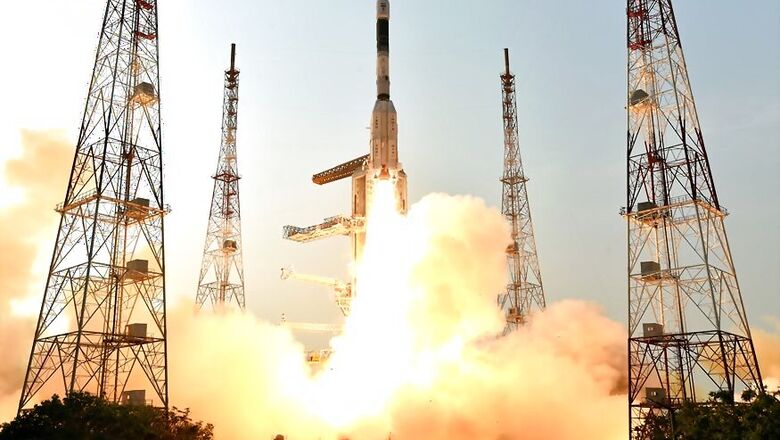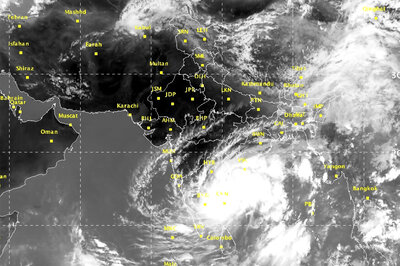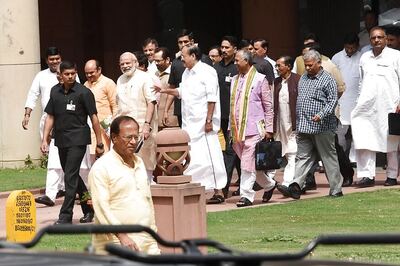
views
New Delhi: The Indian Space Research Organisation (ISRO) has lost contact with GSAT-6A, one of India's biggest communication satellites with military applications.
Around 48 hours after it was launched on Thursday, ISRO on its official website said that the agency lost contact with the satellite during the third and final firing of its LAM engine.
"The second orbit raising operation of GSAT-6A satellite has been successfully carried out by LAM Engine firing for about 53 minutes on March 31 in the morning. After the successful long-duration firings, when the satellite was on course to normal operating configurations for the third and final firing, communication from the satellite was lost. Efforts are underway to establish the link with the satellite," says ISRO's update.
ISRO's GSLV-F08 mission carrying the GSAT-6A communication satellite blasted off from the Sriharikota spaceport on Thursday. The communication satellite was successfully placed into a geosynchronous transfer orbit at an altitude of around 35,900 km.

The 2,140-kg satellite, which cost around Rs. 270 crores, is expected to be particularly useful for security forces stationed in remote corners of the country as it will be able to send and receive signals from hand-held devices. The rocket also has a new engine will ISRO hopes to use for its Moon mission.
The GSLV-F08 rocket saddled with the passenger satellite in its payload fairing blasted off from the second launch pad at 4.56 pm. Leaving behind plumes of smoke, the 49.1-metre tall GSLV soared majestically into clear skies.
GSAT-6A is similar to GSAT-6, which was launched in 2015. It is a homemade high power S-band communication satellite built on I-2K satellite bus with a mission life of about ten years. The two rockets in tandem will provide signals that that would permit a two-way exchange of data even from very remote locations.
The 6-A satellite will have a 6m wide unfurlable antenna, thrice the size of the antenna generally used by ISRO satellites. This will enable mobile communication from anywhere through hand-held ground terminals.
This would be a shot in the arm for the Indian armed forces as the handheld devices have been fine-tuned by the Defence Research and Development Organisation. The organization hopes to deploy a large number of these, especially for security personnel in Maoist-hit areas.
GSLV-F08 also comes with notable improvements like induction of High Thrust Vikas Engine, electromechanical actuation system in place of electro-hydraulic actuation system, which ISRO hopes to deploy for the lunar mission – Chandrayaan – 2, which is scheduled for October this year.




















Comments
0 comment